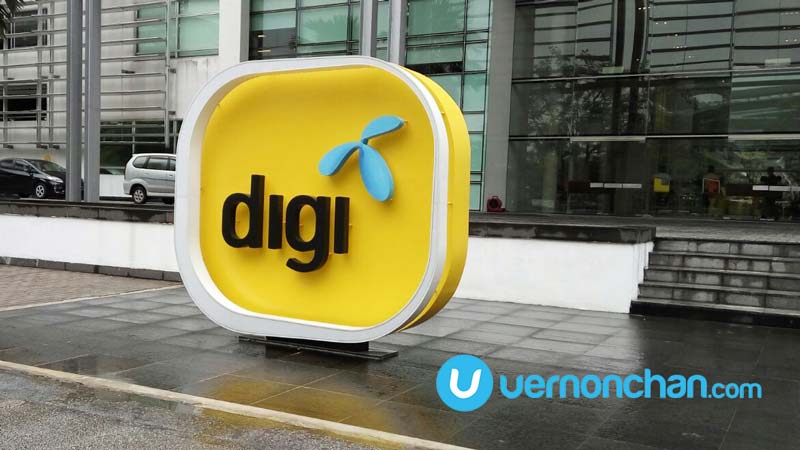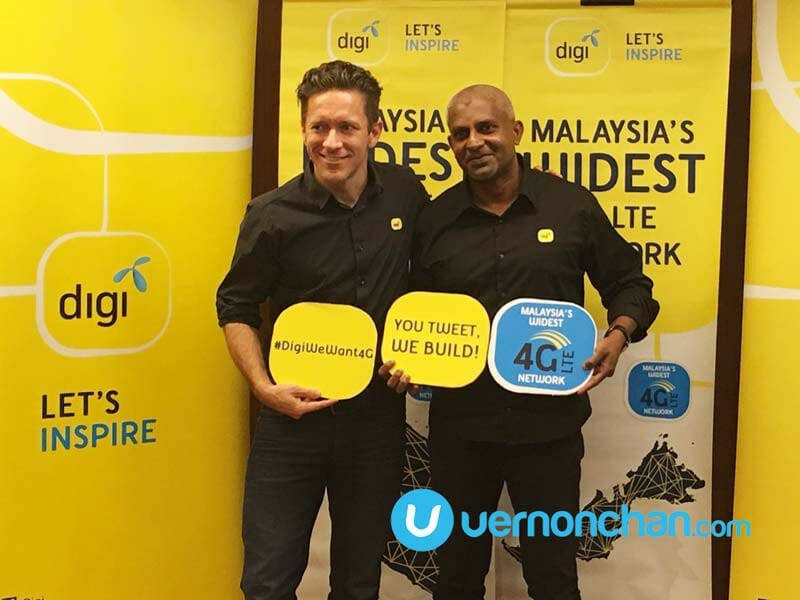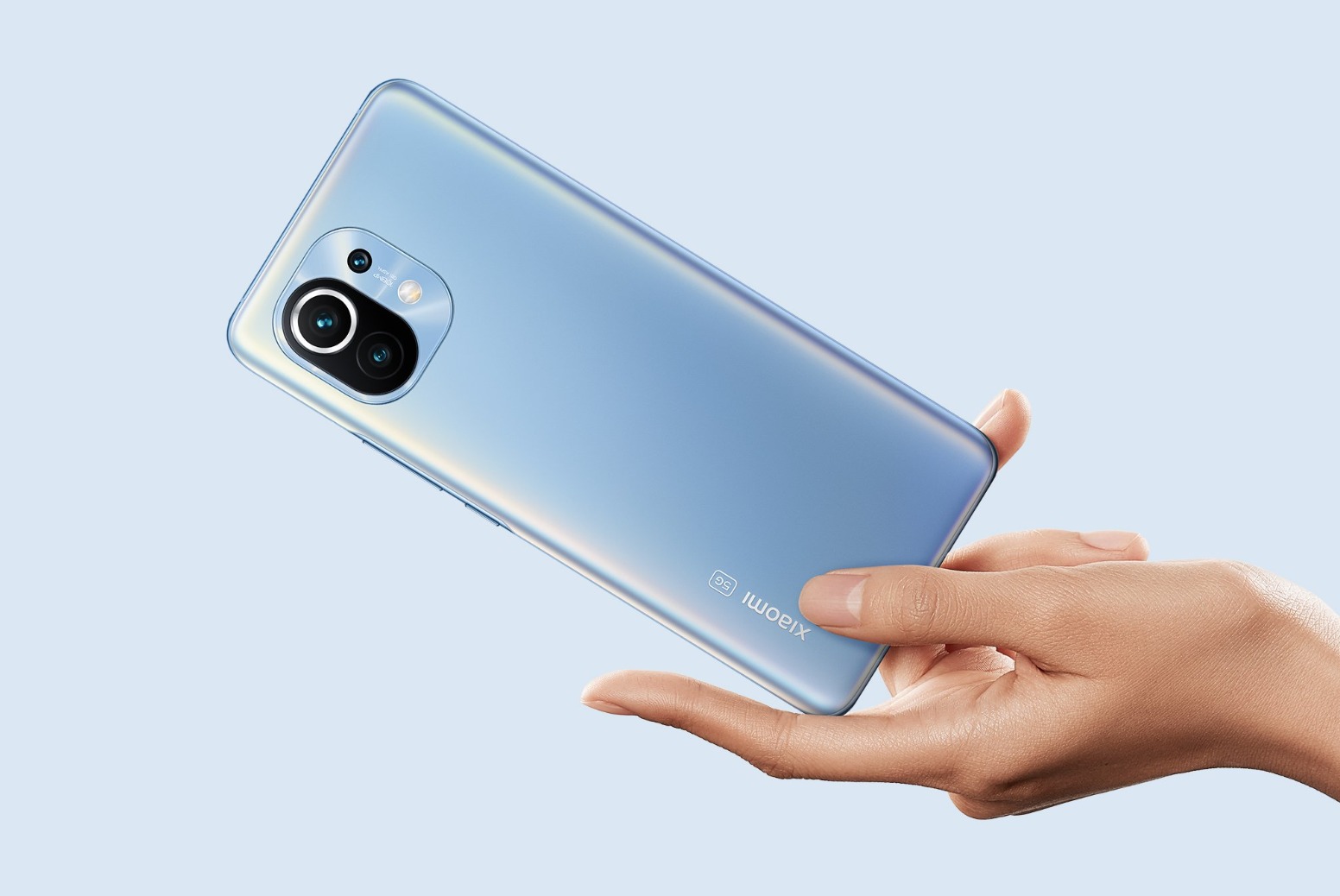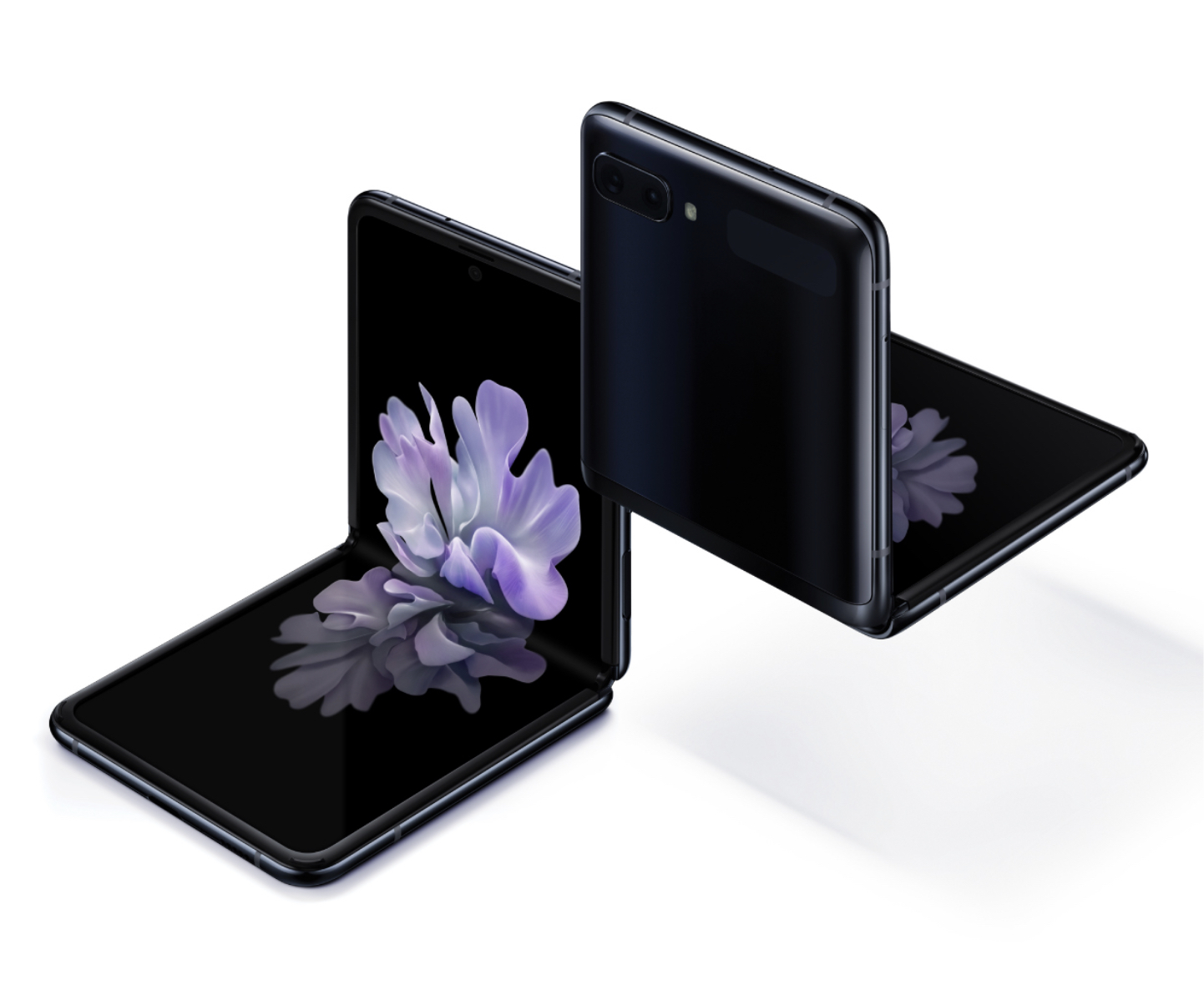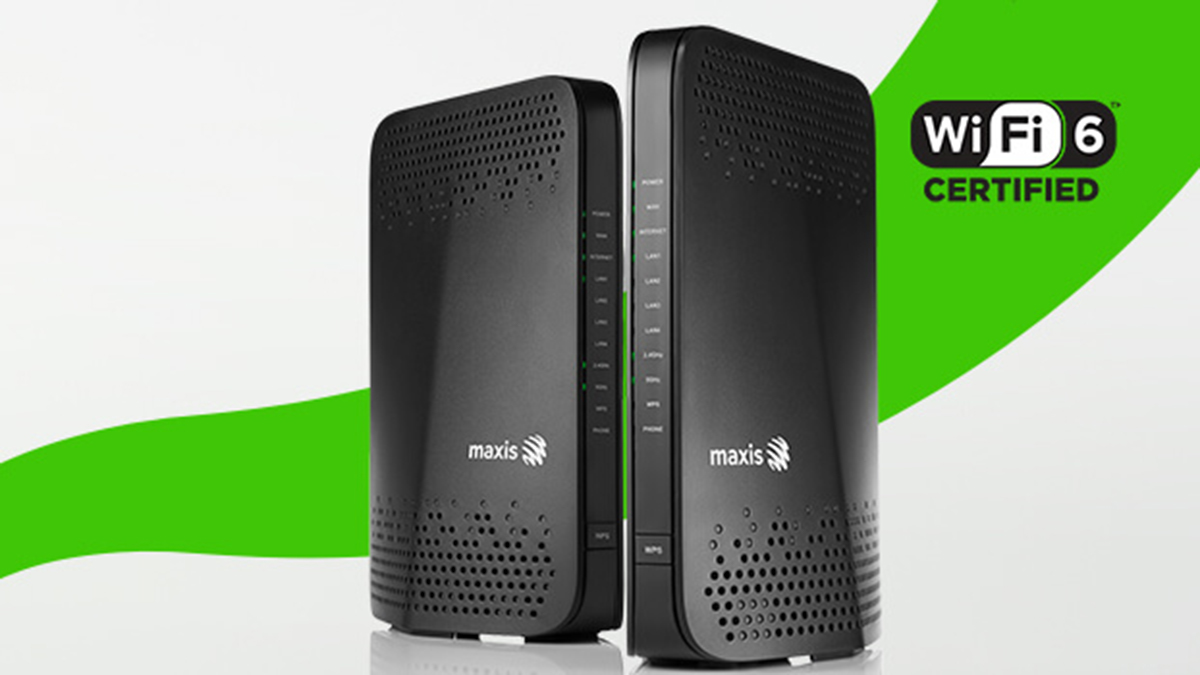In a quarterly network update briefing with the media, Digi announced that its 4G LTE network now covers 80 major cities and secondary towns nationwide, representing 95% population coverage. By year-end, it plans to roll out an additional 1,500 4G LTE sites.
4G LTE coverage fast track
Digi’s chief network officer Kesavan Sivabalan said that for Digi, it isn’t about speed but about consistent experience. He assured that at 80% of the time, customers can expect at least 5Mbps of 4G LTE.
To achieve consistency, Digi is overlaying a number of its sites with dual-band capability (Digi runs 1,800MHz and 2,600MHz bands) which improves both outdoor and indoor coverage.
Kesavan explained that the network is designed to deliver a minimum signal strength quality of -110dBm, comparable to telcos in Scandanavia, Japan, Singapore, South Korea and Taiwan.
How 4G is your 4G?
In comparison, Maxis uses -98dBm as its metrics of measurement for its own 4G LTE network. For signal quality and strength, the higher the number the better. -60dBm is considered to be the best.
Last week, Maxis issued a challenge to other leading telcos to back up their 4G LTE claims as all have been self-proclaiming to have the ‘widest’, ‘fastest’, and ‘best’ network.
Digi’s previous announcement that it had 50% of total population coverage has opened a can of worms. Because there isn’t an independent body nor standard metric to measure 4G LTE quality, rival Maxis has called for an open forum on 23 November 2015. The green telco has invited chief engineers from Celcom and Digi to ‘talk 4G.’
Digi deflected the challenge, and said that it will continue to focus on its subscribers.
Consistent network experience
Reiterating about its ‘consistent experience’ promise, Digi says its customers can expect:
- 99.9% accessibility to its 4G LTE services
- 2x faster webpage loading
- 2x less latency
- 3x more stable connections
- 80% more than 5Mbps speed consistency
- 10x faster LTE speed (compared to 3G)
LTE or Long Term Evolution is a wireless communication standard that’s based on GSM/EDGE and UMTS/HSPA. It provides theoretical downlink speeds of 100Mbps and 30Mbps upstream. The next evolution is LTE Advanced which specifies peak downlink rates of 300Mbps and uplink peak rates of 75Mbps.
Digi revealed that it has rolled out 4G LTE-Advanced sites, hitting 22% population coverage or average of 50% population coverage in key market areas.
It’s getting hot in here
Competition amongst Malaysia telcos has certainly gotten intense over the past year and it isn’t likely to dwindle any time soon. From making prepaid and postpaid packages cheaper, bundling in more data, free calls and etc, telcos have been battling on all fronts to capture market share.
Let’s hope that in the quest for telco supremacy (and bragging rights), telcos don’t forget that it’s all about customer experience and service. Claims will remain claims until tried, tested and experienced by the end user.
So, what do you want from your telco? Speed? Quota? Better coverage? Cheaper plans? Freebies?
Let me know your thoughts.
Source: Soyacincau, DigitalNewsAsia


